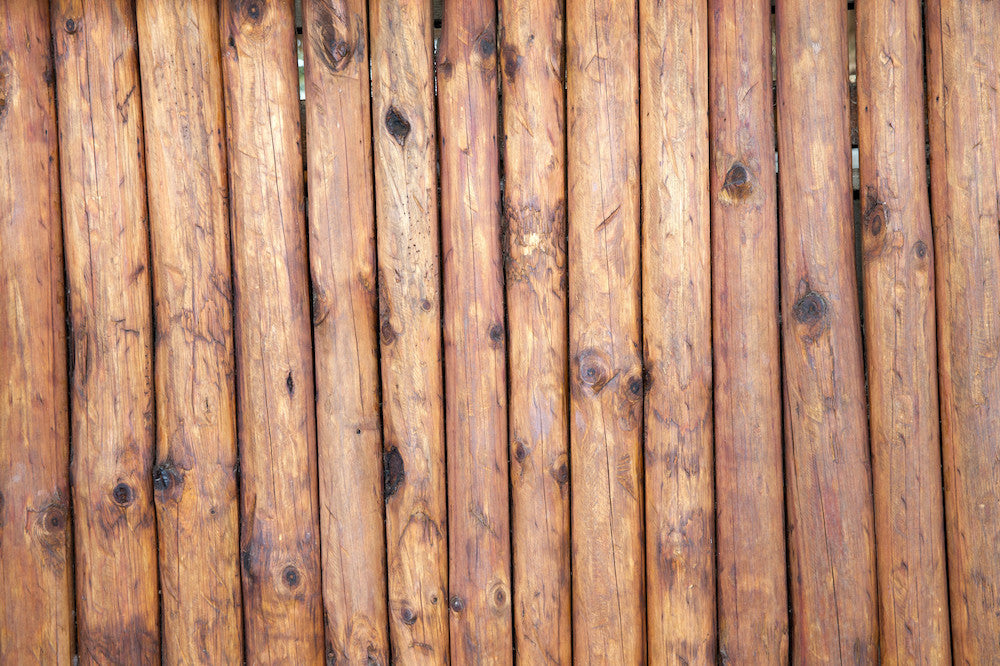“I know it's important, but how does wood stain work?”

You might not think too much about the importance of staining wood until you are spending your weekend doing it, or when you see a porch or log home that is in desperate need of it. Often we don't question why we need to stain wood, we just do it.
Here we'll explore how wood stains work and what makes it so important.
Protection for the wood
Before we get into how stain works, let's look at what makes it so important. One of the first things it does is it protect your wood from water. Water damage can be very expensive to repair and can cause a lot of problems in the future. It also protects the wood from rotting and deteriorating. Sunlight can also have a negative impact on your wood, causing it to expire before it needs to.
When you have a wood surface that starts to rot, the wood will become weak and lose valuable strength. This can cause dangerous situations, especially when it comes to porches and railings that people can injure themselves on by falling through. Replacing large sections of your deck, fence, or worse, your home can be expensive. When compared to the cost of stain, the benefit is obvious.
How stain works
Stain for wood generally comes in three forms. You get an oil, resin, or alkyd that all act as binders which attach to the pigments that lay on the surface of the wood. The stain then sinks in to the wood protecting it deep into the layer. Softwoods like cedar are much more accepting of the stain versus hardwoods such as oak.
While stain will change the natural color of the wood, don't think that you can use regular paint instead. Paint will only coat the surface and give a mild amount of protection when compared to a stain. You should also sand the wood before staining to ensure that you get the best results.
Excess stain can be wiped away once the pigment is absorbed into the binder. The extra stain occurs after the solvent has evaporated. Once you have completed the staining process then you must finish the job with a protective coat to complete the task. You have a few different options such as varnish, wax, or polyurethane.
How often should you stain?
In order to achieve the best results for your wooden surfaces, you should stain smaller areas every year. Log homes should be stained every 2 years, though sometimes less is needed, depending on the stain you use. Remember that preparation is key when it comes to staining and caring for your wood. Staining in the afternoon is a great time because you don't have to worry about the morning dew or too much extra moisture.
If you don't have time to stain your wooden areas or log home, there are many professionals that can help you. Staining the wood for your log home, porch, deck, or any other wood outdoors is important for its longevity, so consider it regularly; It will be worth the time!





